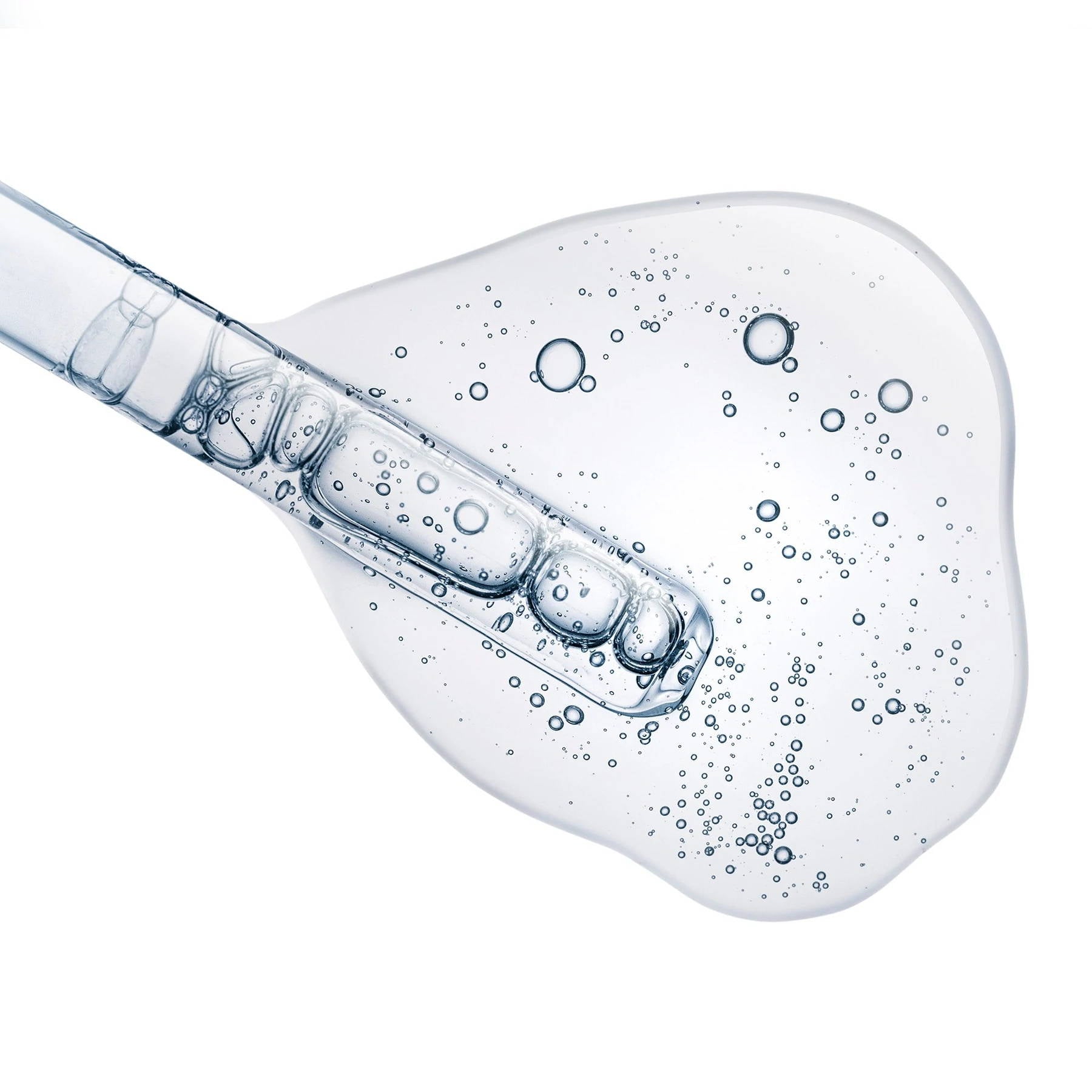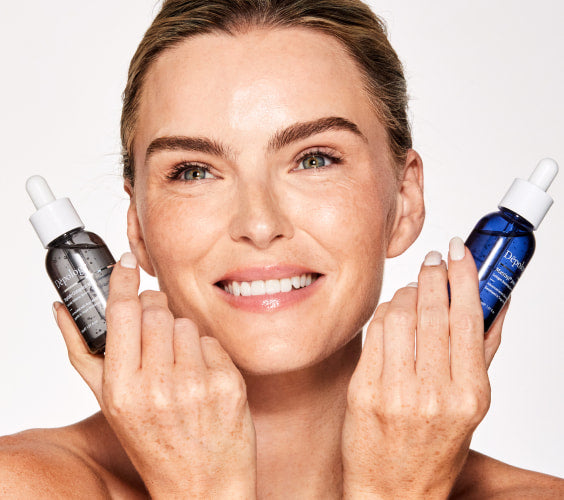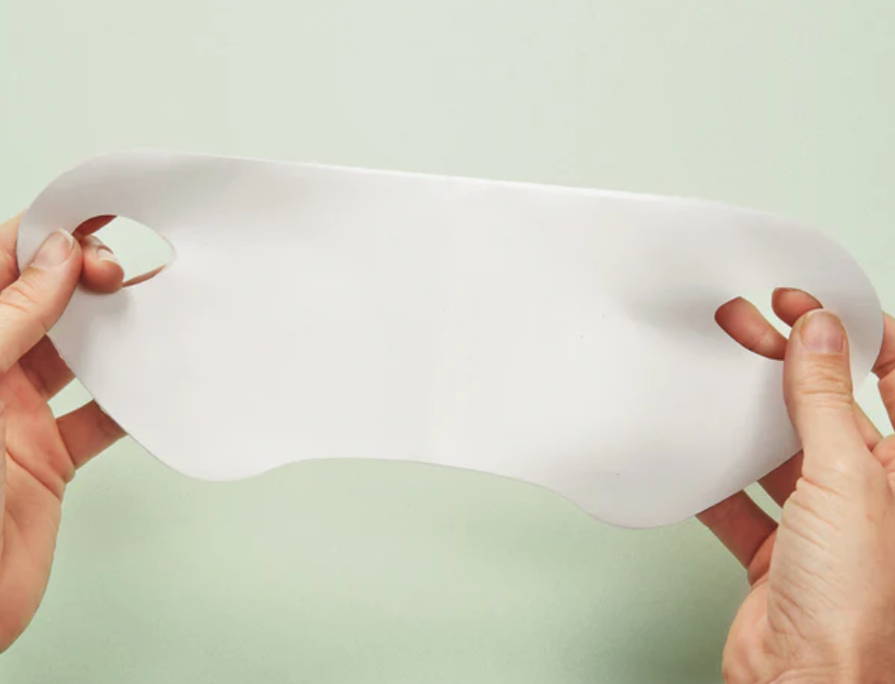
Glycolic Acid Vs Salicylic Acid
Glycolic Acid Vs. Salicylic Acid: The Ultimate Chemical Exfoliant Showdown
Excerpt Reminder: Is Glycolic acid the same as Salicylic acid? In some ways, yes. But in most ways, no. While both of these acids noticeably improve signs of acne, and hyperpigmentation, and brighten our overall complexion, they work in different ways and are designed for different skin types.
You’re right—these two powerhouse ingredients are often grouped together, but they are far from interchangeable. Choosing the wrong acid for your skin type is the number one cause of irritation, dryness, or ineffective results.
This guide breaks down the core differences between Glycolic Acid (AHA) and Salicylic Acid (BHA) so you can pick the perfect exfoliant for your skin goals.
Part 1: The Molecular Difference (AHA vs. BHA)
The biggest difference between these two acids comes down to two things: Solubility and Molecular Size.
🔬 Glycolic Acid (AHA): The Surface Smoother
Glycolic Acid is the most common and powerful Alpha Hydroxy Acid (AHA), typically derived from sugar cane.
| Characteristic | Description | Key Result |
| Solubility | Water-Soluble. It cannot dissolve oil or penetrate deeply into the pore lining. | Works exclusively on the surface of the skin. |
| Molecular Size | Very Small. Its tiny size allows it to penetrate the skin easily and quickly. | Highly effective at breaking down the "glue" that holds dead skin cells together (desmosomes), leading to rapid, noticeable exfoliation. |
| Best For | Dry, Normal, or Mature Skin. | Focuses on hydration, fine lines, and sun damage. |
💧 Salicylic Acid (BHA): The Pore Deep Cleaner
Salicylic Acid is the most common Beta Hydroxy Acid (BHA), derived from willow bark.
| Characteristic | Description | Key Result |
| Solubility | Oil-Soluble. This is its superpower. It can mix with sebum and penetrate deep inside the hair follicle/pore lining. | Works both on the surface and inside the pore to unclog debris. |
| Molecular Size | Larger. This makes it a gentler exfoliant on the surface than Glycolic Acid, reducing immediate irritation. | Provides anti-inflammatory and antibacterial benefits, making it ideal for breakouts. |
| Best For | Oily, Acne-Prone, or Combination Skin. | Focuses on clearing blackheads, whiteheads, and reducing oiliness. |
Part 2: Which Acid Should You Choose for Your Skin Goal?
Based on their mechanisms, each acid excels at solving different skin problems:
| Skin Concern | Glycolic Acid (AHA) | Salicylic Acid (BHA) |
| Acne / Breakouts | Good. Helps surface cell turnover to prevent blockages. | Best. Dissolves oil inside the pore, treating current acne and preventing future clogs. |
| Fine Lines / Texture | Best. Highly effective at boosting collagen and smoothing surface texture. | Good. Improves skin texture, but primarily by clearing pores, not by boosting collagen as much as AHA. |
| Blackheads / Clogged Pores | Not Recommended. Cannot dissolve the oil plug inside the pore. | Best. Its oil-solubility makes it the gold standard for clearing blackheads and reducing sebum. |
| Hyperpigmentation | Best. Accelerates cell turnover, quickly fading dark spots, sun damage, and general dullness. | Good. Fades dark spots by reducing inflammation that causes PIH (Post-Inflammatory Hyperpigmentation). |
| Redness / Sensitivity | Caution. Can cause initial redness and increase sun sensitivity. | Recommended. Has natural anti-inflammatory properties, making it suitable for calming mild redness. |
Part 3: Essential Safety Guidelines
Both are strong actives and require careful use.
⚠️ Glycolic Acid Warning: Increased Sun Sensitivity
Studies have shown that Glycolic Acid can increase the skin’s sensitivity to UV radiation and make you more susceptible to sun damage.
-
Actionable Tip: If you use Glycolic Acid, it is absolutely critical to apply a broad-spectrum SPF 30 or higher every morning. Many dermatologists recommend using AHAs only in your evening routine to reduce risk.
💡 Salicylic Acid Tip: The "Reye's Syndrome" Exception
While topical Salicylic Acid is widely safe, there is an official caution: children and teenagers with viral illnesses (like the flu or chickenpox) should not use large amounts of topical Salicylic Acid, as there is a very rare association with Reye's Syndrome.
-
Actionable Tip: For adults, this is generally not a concern with topical use, but it underscores the importance of using BHA products only as directed and avoiding widespread application on broken skin.
🌟 Conclusion: How to Choose
-
If your primary goal is anti-aging, smoothing fine lines, and treating dryness, Glycolic Acid is your best friend.
-
If your primary goal is clearing pores, fighting acne, and managing oil, Salicylic Acid is the hero.
Final Takeaway: Many people, especially those with combination skin (oily T-zone, dry cheeks), benefit from using both—applying BHA where they break out and AHA where they need smoothing and hydration.
Do you have combination skin, or are you looking to target a single concern (like acne or wrinkles)?













